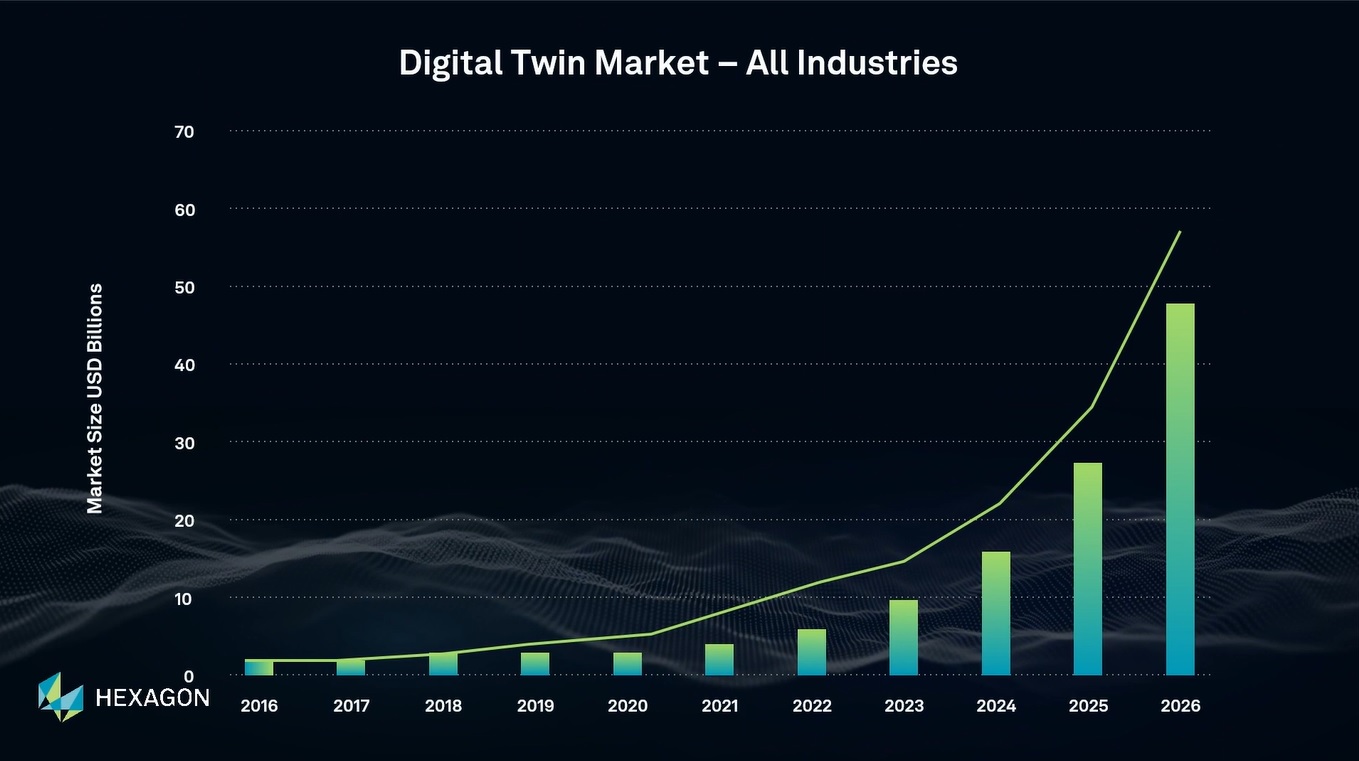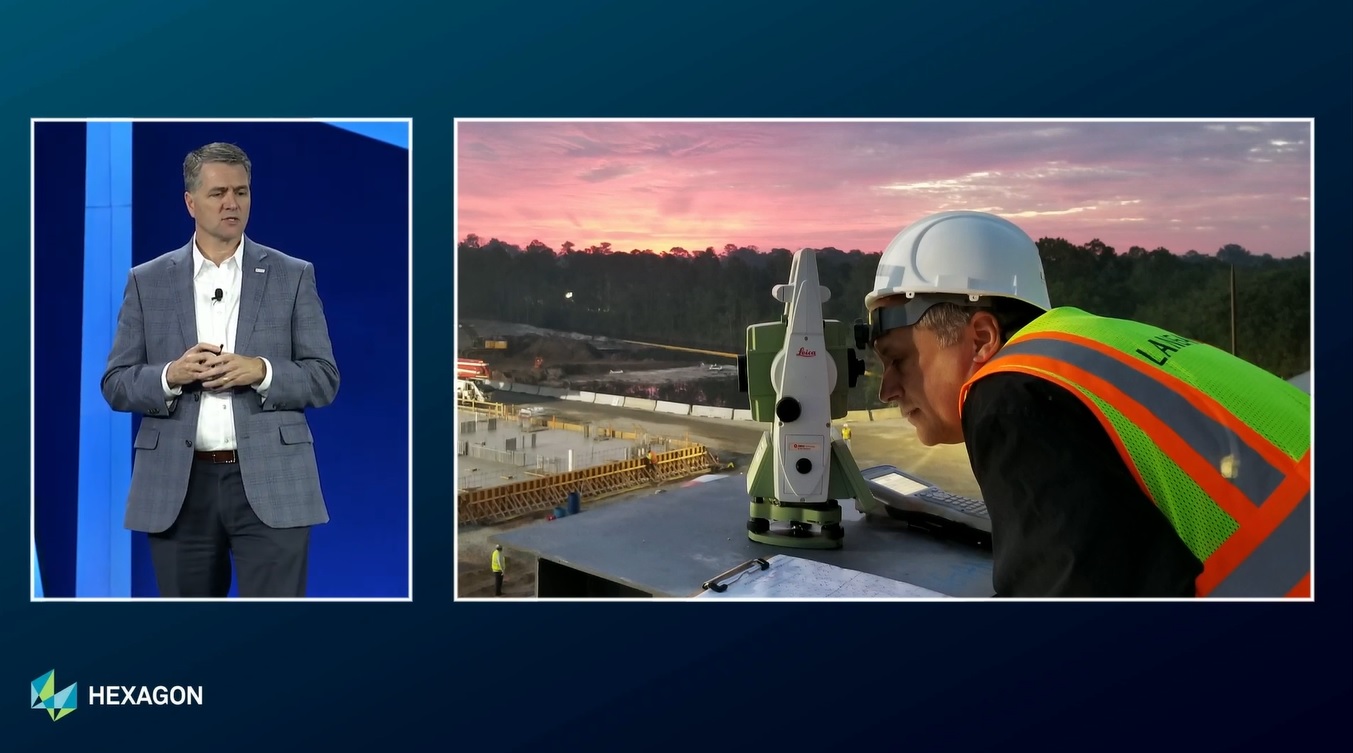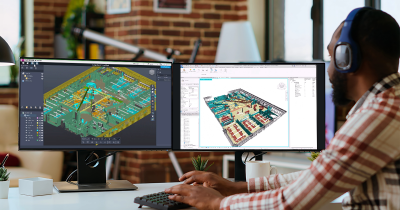President of Hexagon's Geosystems division, Thomas Harring, opened the surveying keynote with a series of slides showing the great wonders of the world such as Machu Picchu, Stonehenge and the great pyramid of Giza. These works were possible to due the work of surveyors, who planned the realization of these works in detail that continue to amaze people. The future generation of surveyors will be working on similar “great wonders”, which are digital twins that are designed to realize sustainability.
Unfortunately, there are are not enough people in the surveying industry to meet market demand, which is high. While lack of skilled surveyors has always has been an issue in the industry, there are two dynamics that are working against getting more people into surveying. First, there’s a legacy issue: many current surveyors are from a family of surveyors, which is not a scalable phenomenon or reaching the next generation of surveyors. Second, there’s a demand issue: a huge growing demand for spatial data is compounding the employment issue in the industry.

Additionally, there’s a definition problem of the role of a surveyor, which is defined by the U.S. Bureau of Labor Statistics Data as someone who make precise measurements to determine property boundaries, which in reality only a fraction of what a surveyor does today. Instead, a broader definition should be formulated that includes growing markets such as digital twins where there are huge job opportunities. A broader definition of the surveyor’s role is huge opportunity for professionals to change the perception of what it means to be a surveyor.
Realizing a paradigm change
Craig Martin, President of Hexagon’s US/Canada Geosystem, used the example of the metaverse to influence a younger generation and leave a different impression on them of what a surveyor does, which is collecting and managing the spatial data on which the metaverse is based. Similar to the evolution of a computer programming, who went from nerdy to trendy in matter of decades, a perspective change is needed for the surveying profession, not in the least because the latest technology empowers surveyors to approach projects in an entirely different way.
He then described the importance of creating the working environment where people are given the freedom to do their work they love and are encouraged to thrive about what they are truly passionate about. This is realized through three key parameters, which are taken from the book “Drive” from Daniel H. Pink: autonomy, mastery and purpose.
Multiple examples of Hexagon’s surveying solutions help surveyors in realizing more autonomy in doing their work. Autonomous solutions give them freedom to do their best work, eliminate cumbersome manual processes and avoid unnecessary steps, such as the new Leica Pegasus TRK mobile mapping solution, which combines automation, AI and guided workflows to extend the capabilities of a field team. Another example is the Leica GS18 T GNSS RTK Rover with tilt compensation, followed by the GS18 I with visual positioning, that empowers employees and doing more in the field: the ability to survey without ever having to stop to calibrate the pole or target height. This is an innovation that provides huge time savings and minimizes potential human error.
Second, mastery means that people continuously seek to improve their skills through learning and practice. The next generation of surveyors will want to know they’re working for a company that provides its employees a robust training program. That talent is more likely to stick around if there are opportunities for advancement and learning. The third parameter, purpose, means investing in the bigger picture and working towards something that’s larger than yourself: tomorrow’s surveying professionals will provide the solutions to capture the data with speed and accuracy, prepare it, and help professionals in all industries to put that geospatial data to work. Realizing sustainability is a large, complex but urgent goal that matters to everyone, with a huge role for collecting, preparing and help other industries, such as building up dynamic real time digital twins and providing insights for decision making to solve urgent issues.







